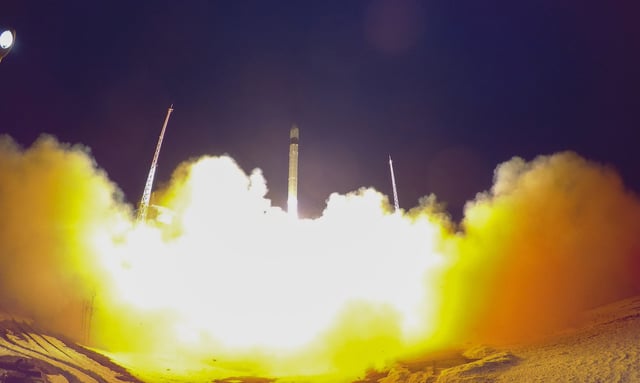Overview
- Cosmos 2553, launched by Russia in February 2022, is officially described as a research satellite for radiation and particle testing but is alleged by U.S. officials to be part of a nuclear anti-satellite weapons program.
- The satellite began tumbling uncontrollably in mid-November 2024, according to data from commercial tracking firms LeoLabs and Slingshot Aerospace, though recent observations hint at partial stabilization.
- Its unusual orbit, located in a high-radiation zone rarely used by other satellites, has fueled speculation about its dual-use potential and possible links to a nuclear ASAT program.
- Russia vetoed a 2024 UN resolution aimed at strengthening the Outer Space Treaty, which bans nuclear weapons in space, claiming the resolution was too narrowly focused on nuclear arms.
- U.S. Space Command and independent trackers continue to monitor Cosmos 2553's movements, as its potential role in advancing space militarization and counterspace technologies remains under scrutiny.


